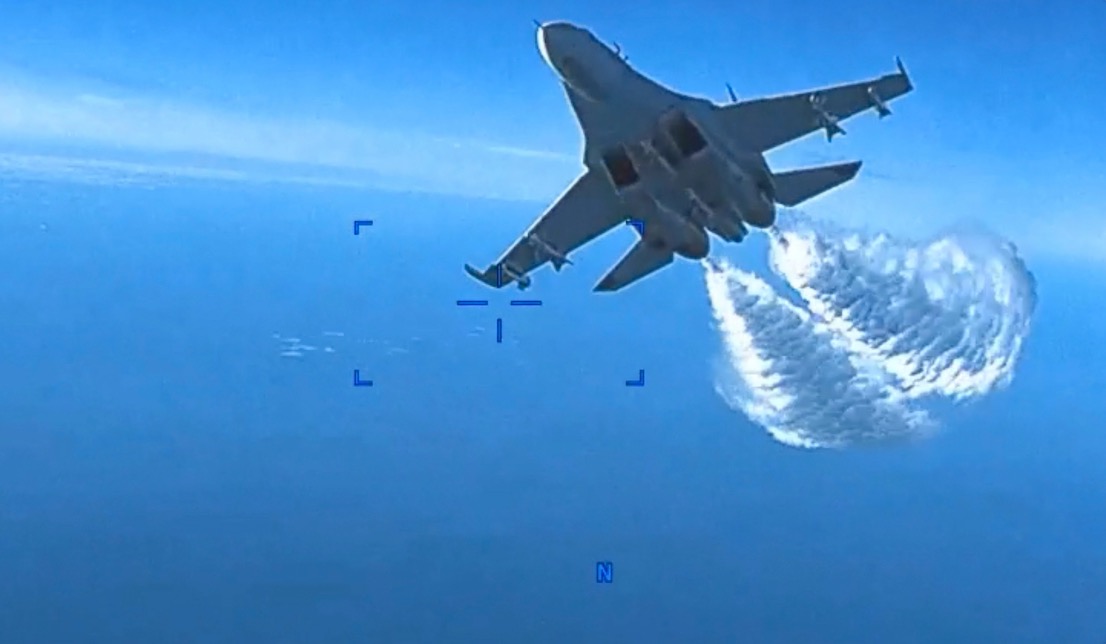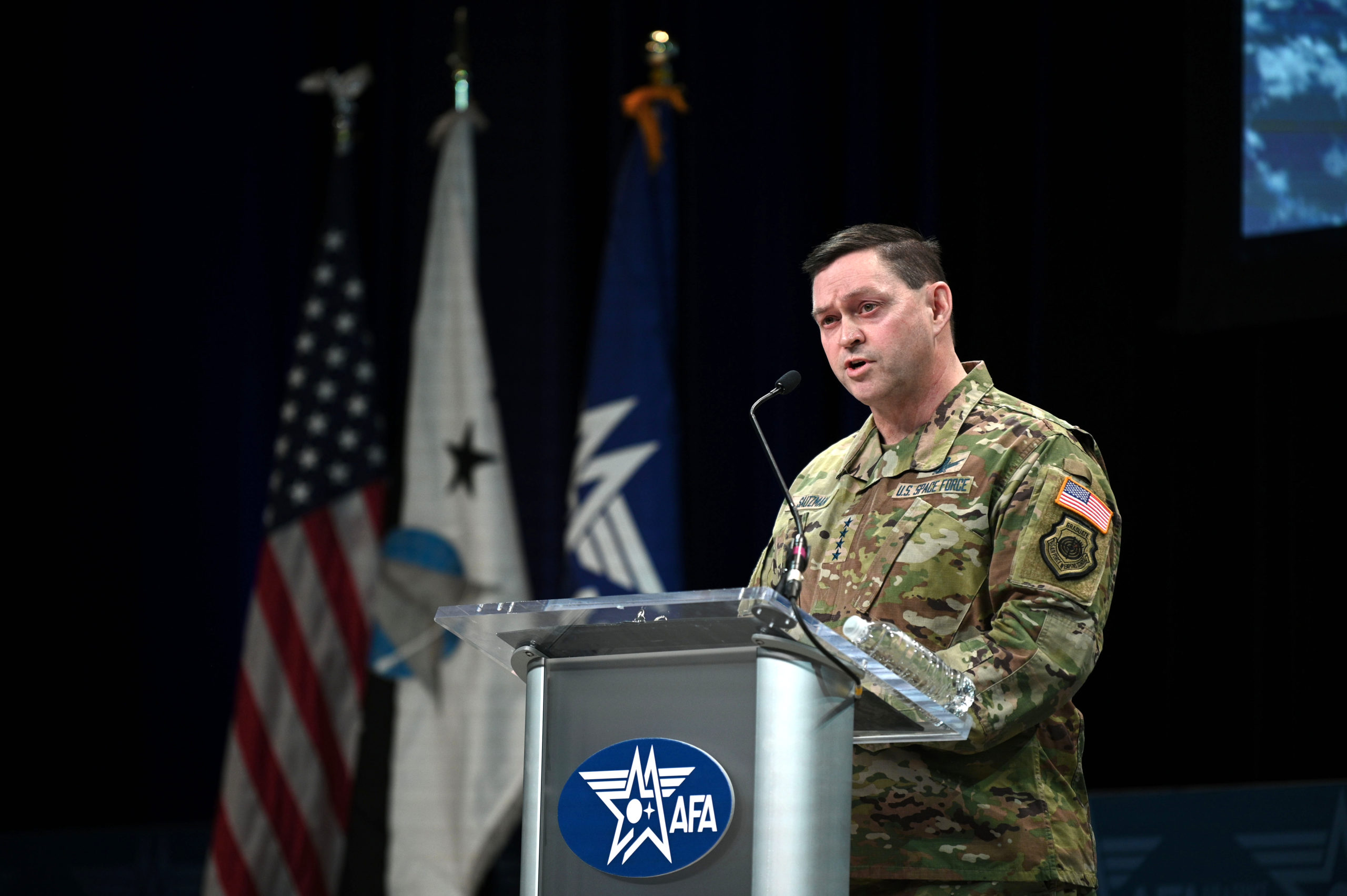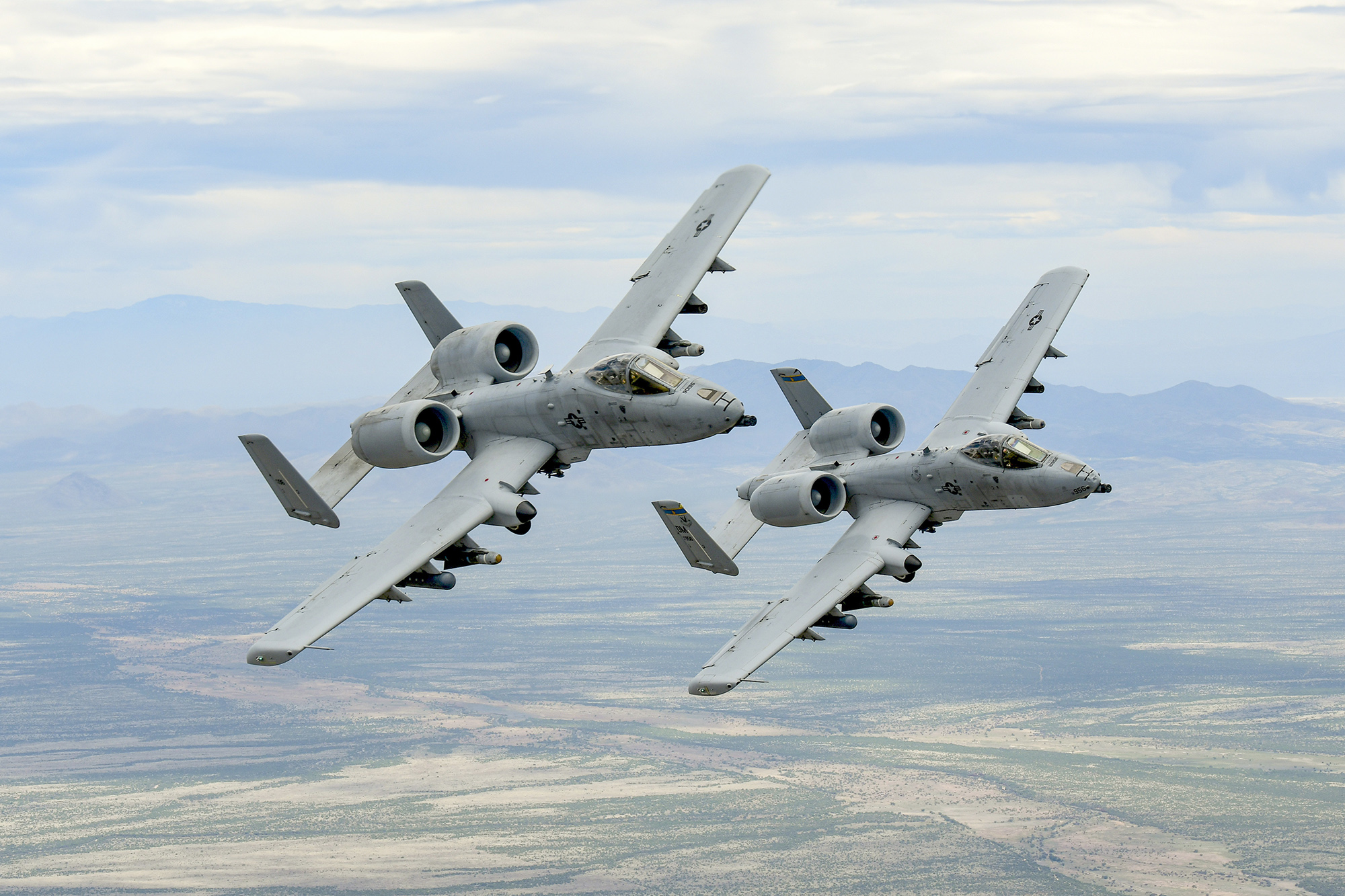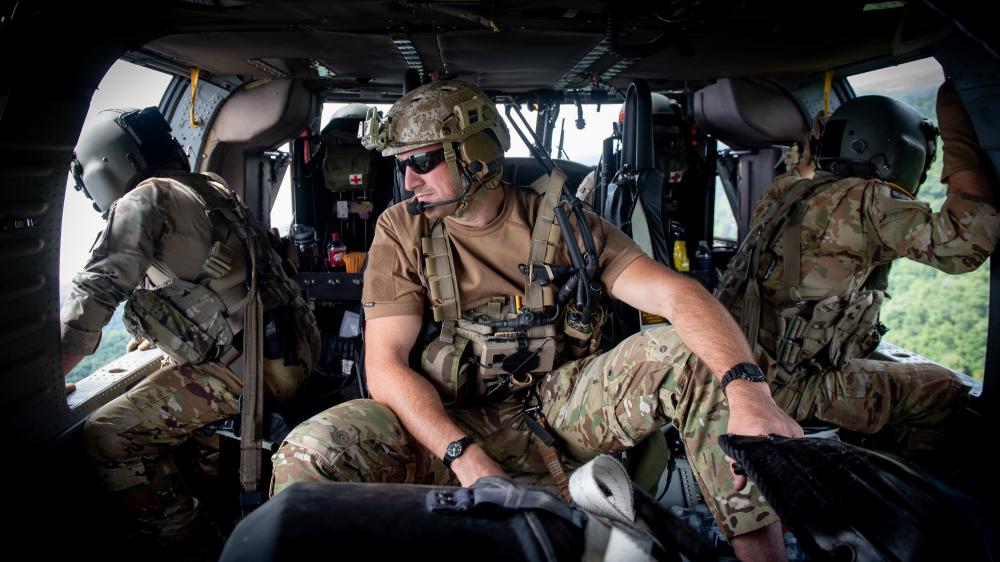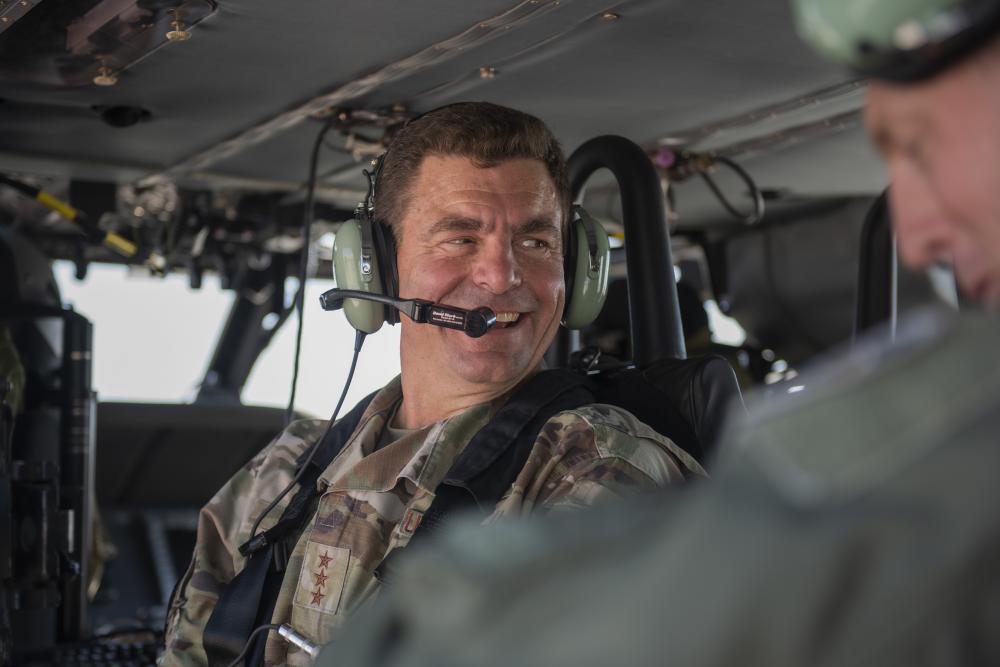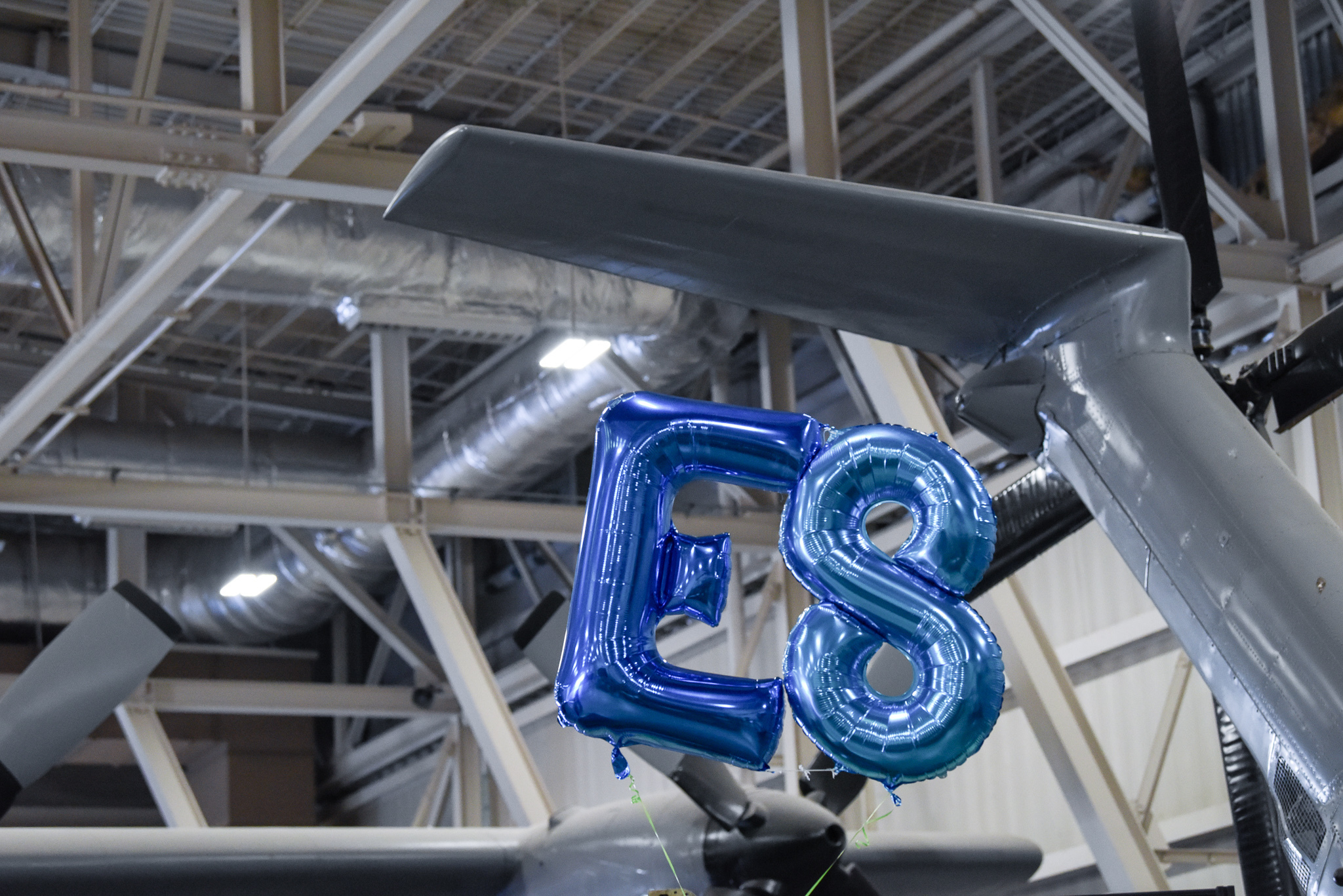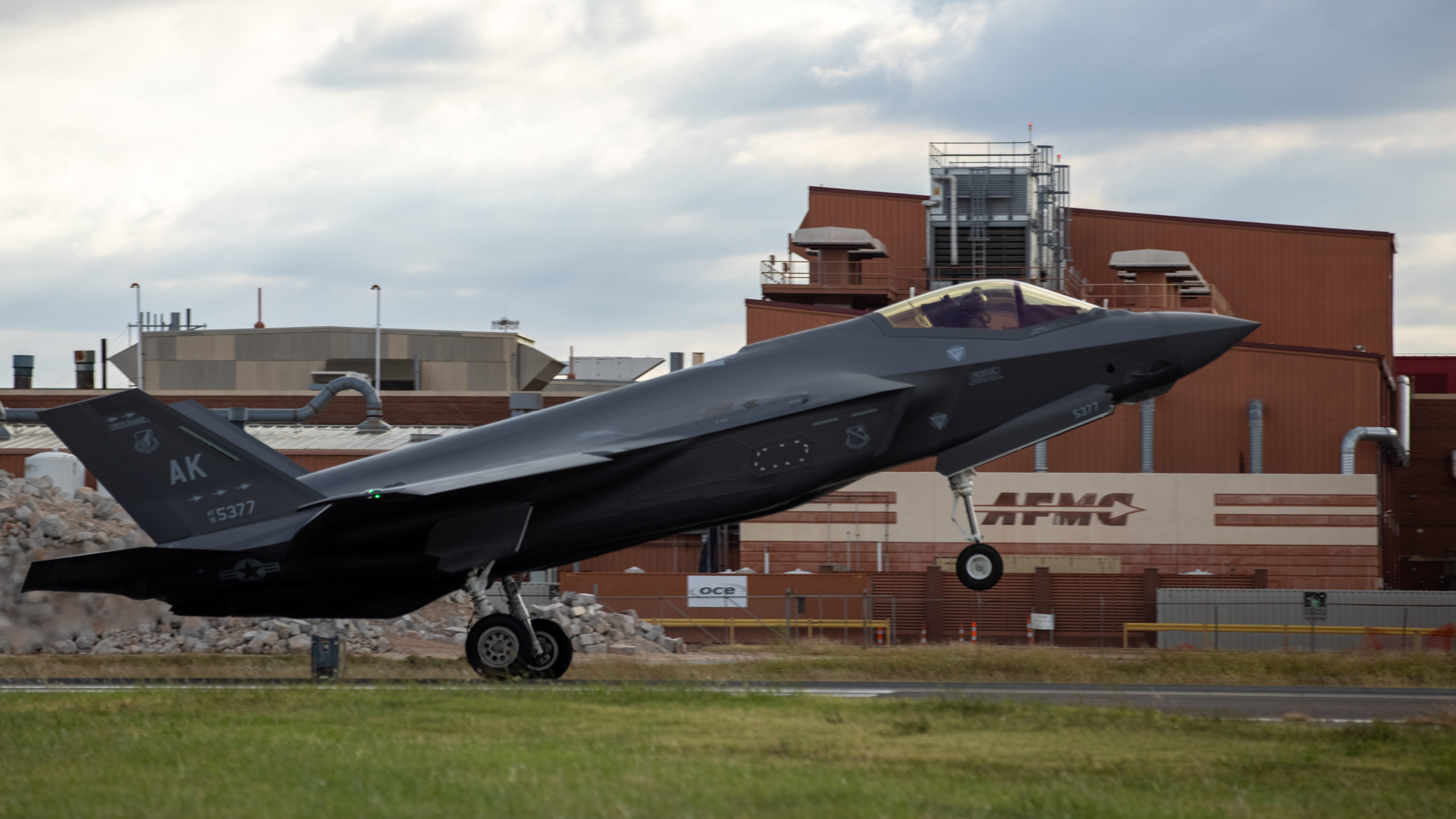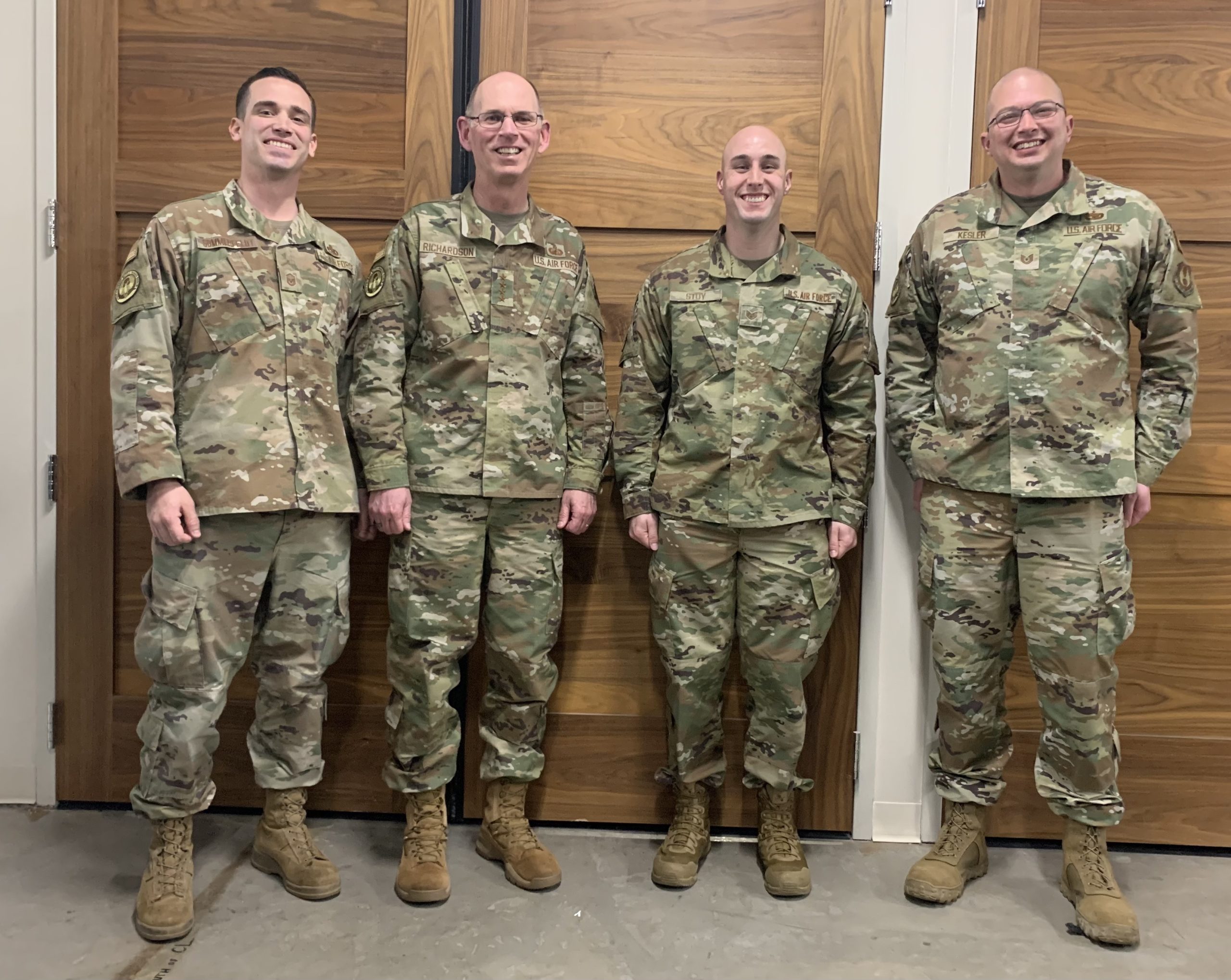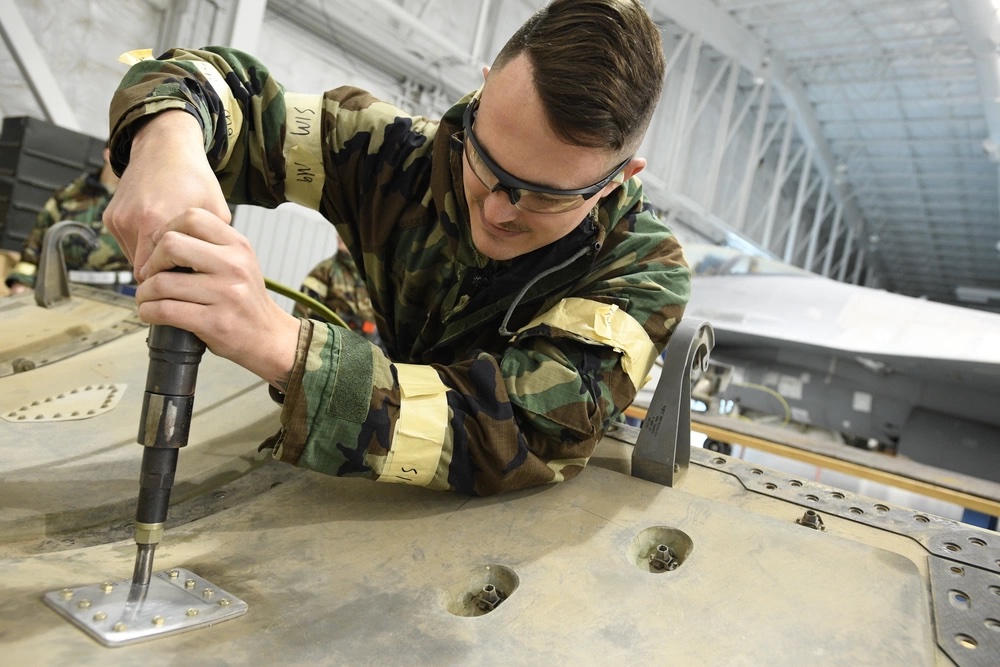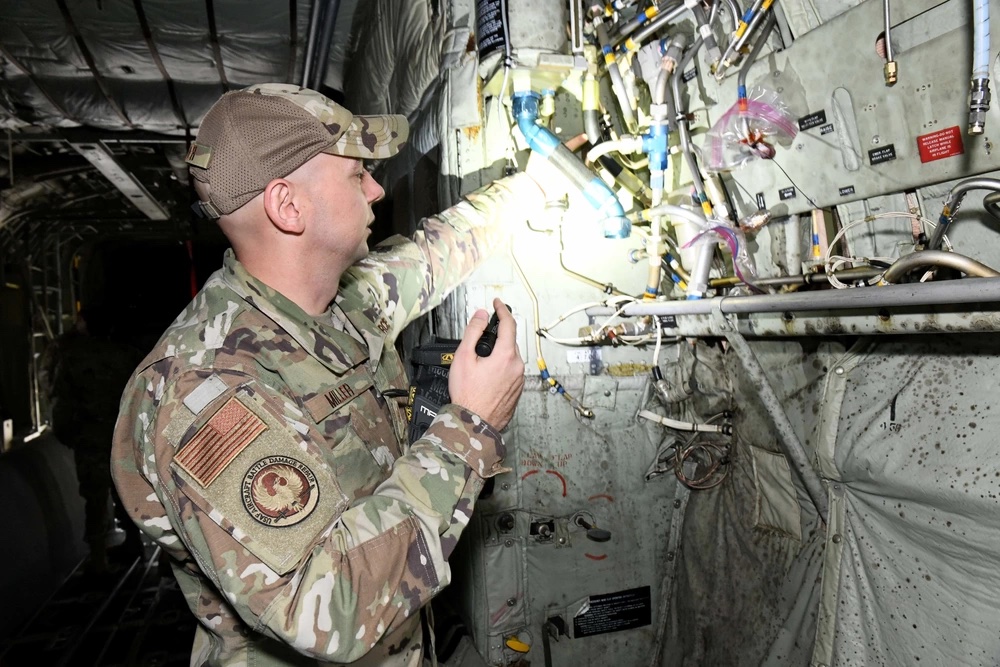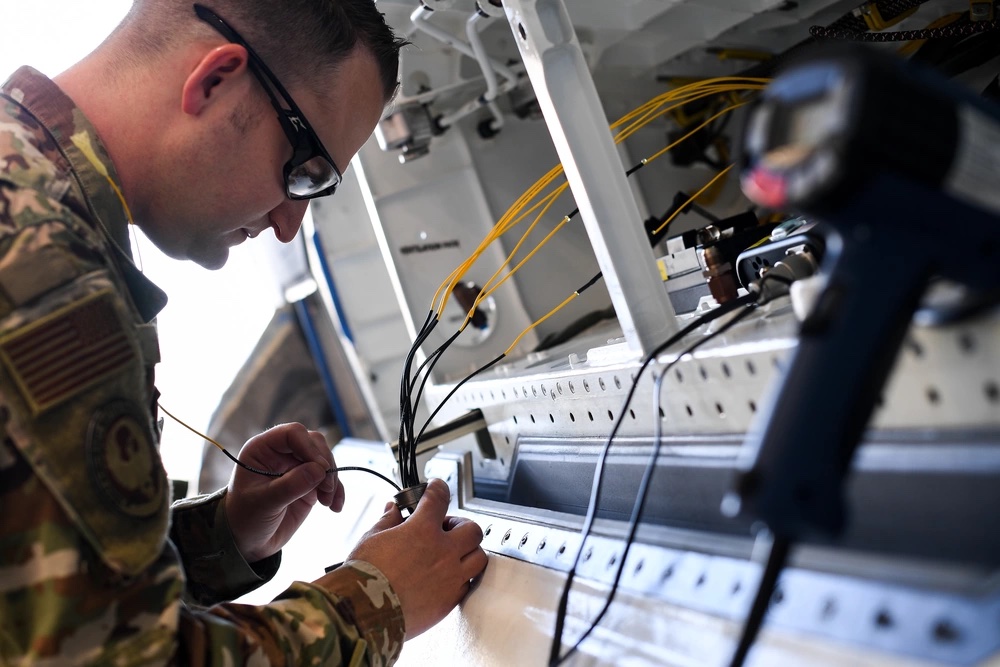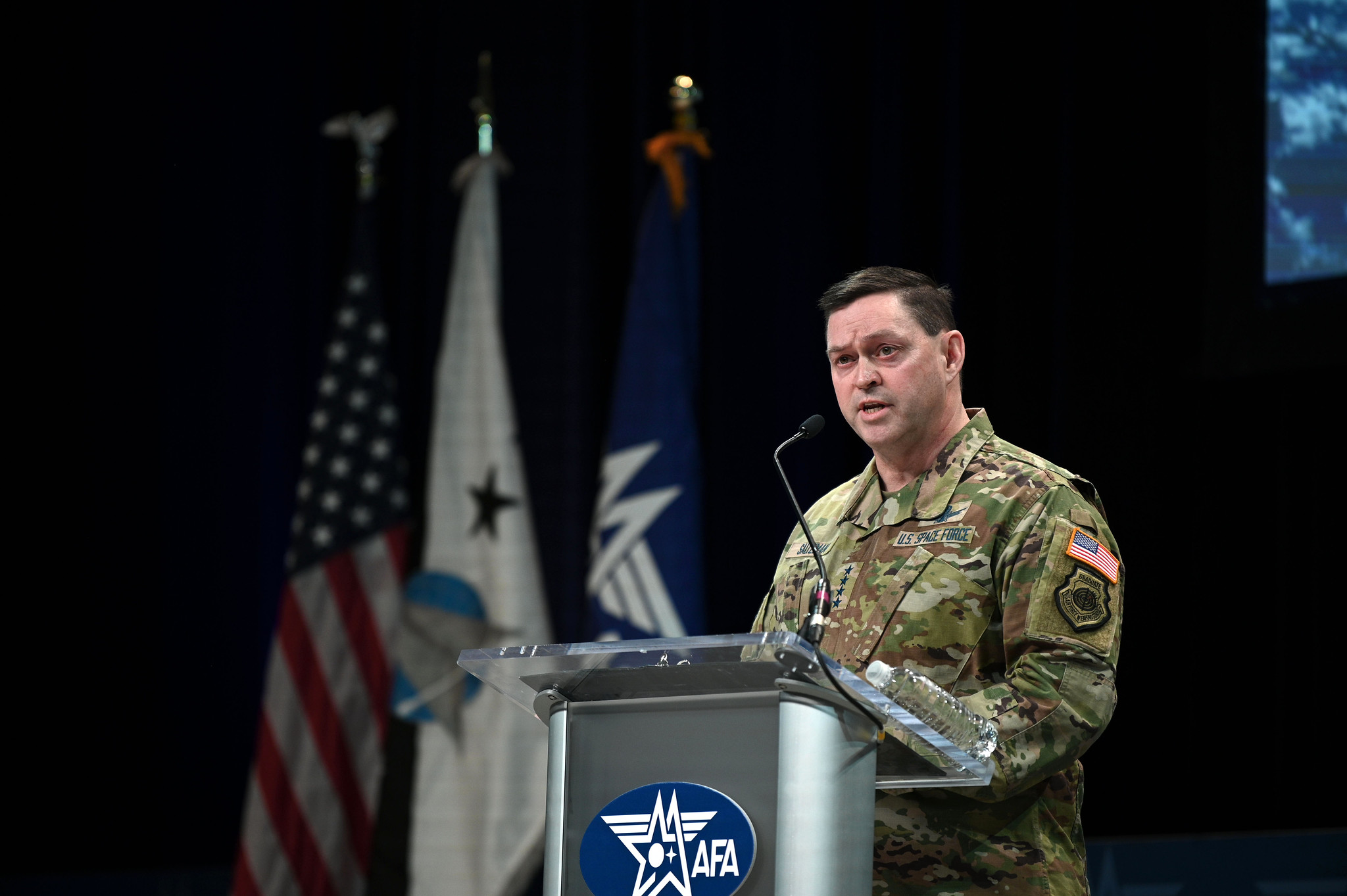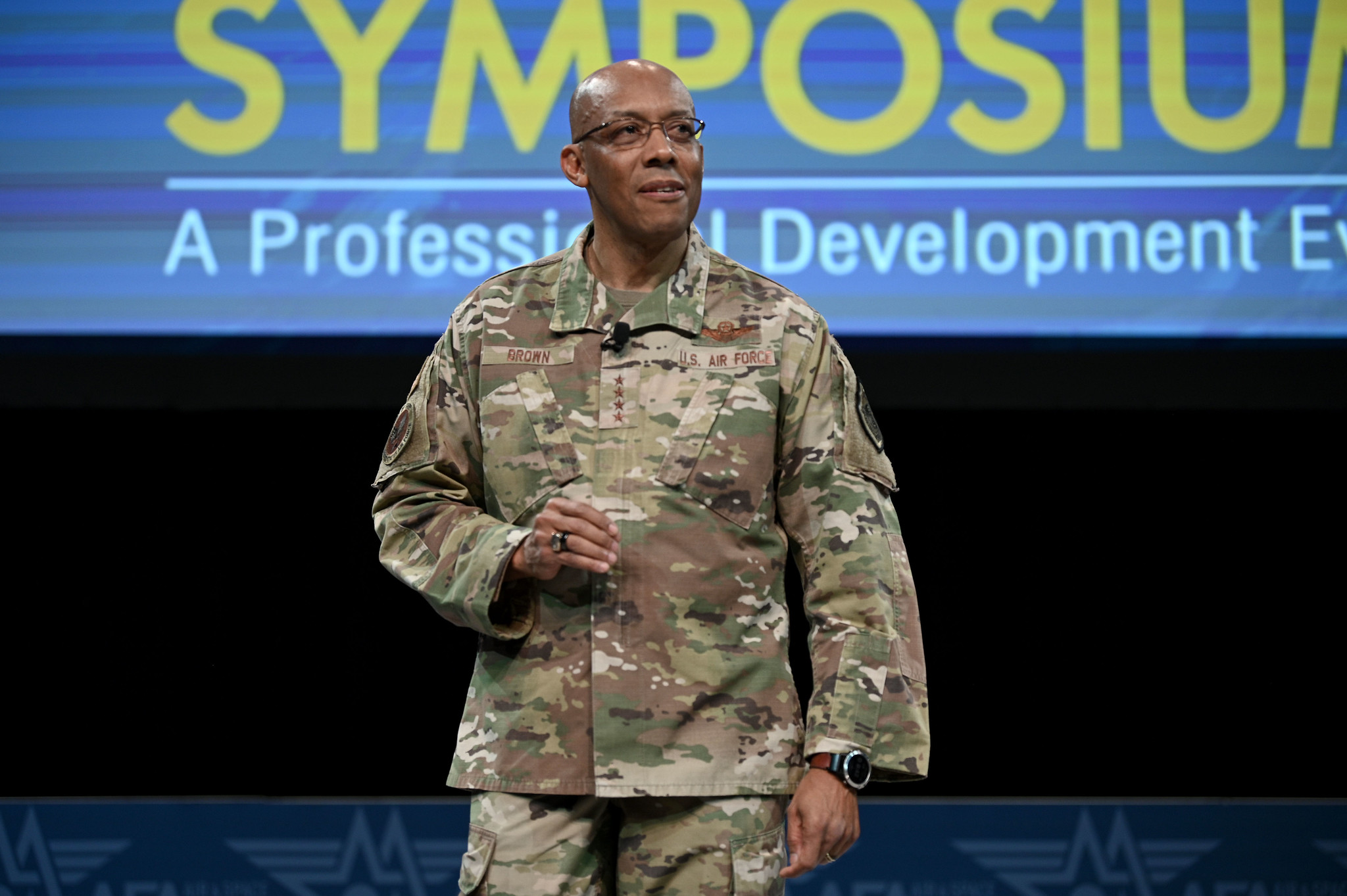The Pentagon released video of a March 14 incident involving a Russian Su-27 fighter and a U.S. Air Force MQ-9, which resulted in the American plane crashing into the Black Sea. The MQ-9 Reaper was conducting a surveillance mission when two Su-27 Flankers intercepted it. The Su-27s harassed the U.S. drone by making close passes and dumping fuel on it. Eventually, one Russian fighter clipped the MQ-9’s propeller.
In the short video, which DOD said was edited for length, an Su-27 Flanker makes a close pass over the U.S. surveillance drone. At first, a Russian jet comes up behind the MQ-9 while dumping fuel on the American plane. In a second pass, a Russian jet hits the American plane and the video cuts out. When the picture reappears, the American drone’s propeller is visibly damaged.
The U.S. drone became unflyable, and the American operators brought the drone down in the Black Sea, according to the U.S.
The U.S. says it hasn’t concluded whether the Russian pilots intended to crash into the drone or were trying to disable it with their tactics. Either way, the Russians could not be said to have kept a safe distance from the American plane.
“This was unsafe, it was unprofessional,” State Department spokesman Ned Price said on CNN March 15, describing the video. “It was also tinged with a great deal of incompetence.”
U.S. Secretary of Defense Lloyd J. Austin III and Chairman of the Joint Chiefs of Staff Gen. Mark A. Milley made calls to their Russian counterparts.
“We take any potential for escalation very seriously and that’s why I believe it’s important to keep the lines of communication open,” Austin said at a joint press conference with Milley on March 13. “I think it’s really key that we’re able to pick up the phone and engage each other. And I think that that will help to prevent miscalculations going forward.”
The MQ-9’s wreckage lies almost a mile down at the bottom of the Black Sea after it “probably broke up,” Milley said. The U.S. is aware of where the drone landed.
“We know where it landed in the Black Sea,” Milley added. “It’s probably about maybe 4,000 or 5,000 feet of water, something like that. So any recovery operation is very difficult at that depth by anyone.”
Milley indicated the U.S. took steps to prevent any unwanted material from getting into the wrong hands.
“There’s probably not a lot to recover, frankly,” Milley said. “We did take mitigating measures, so we are quite confident that whatever was of value is no longer of value.”
Pentagon Press Secretary Air Force Brig. Gen. Patrick S. Ryder said the U.S. believes Russia is attempting to recover parts of the MQ-9, but added that deep water would make that mission difficult.
“We do have indications Russia is likely making an effort to recover MQ-9 debris,” Ryder said during a briefing at the Pentagon on March 16. “We assess it is very unlikely they would be able to recover anything useful.”
However, the U.S. objects to any Russian exploitation of the wreckage.
“The key point here is this is U.S. property and it’s an intelligence, surveillance, and reconnaissance asset,” Ryder said. “We have capabilities and means at our disposal to protect and safeguard the information which we have taken.”
The U.S. has experienced several near collisions between Russian and Chinese jets and American surveillance planes over the past year. U.S. officials say they are within rights to conduct operations in international airspace, regardless of protests and adversarial harassment.
“The United States will continue to fly and to operate wherever international law allows,” Austin said.
This article was updated with comments from Pentagon Press Secretary Brig. Gen. Patrick S. Ryder.
